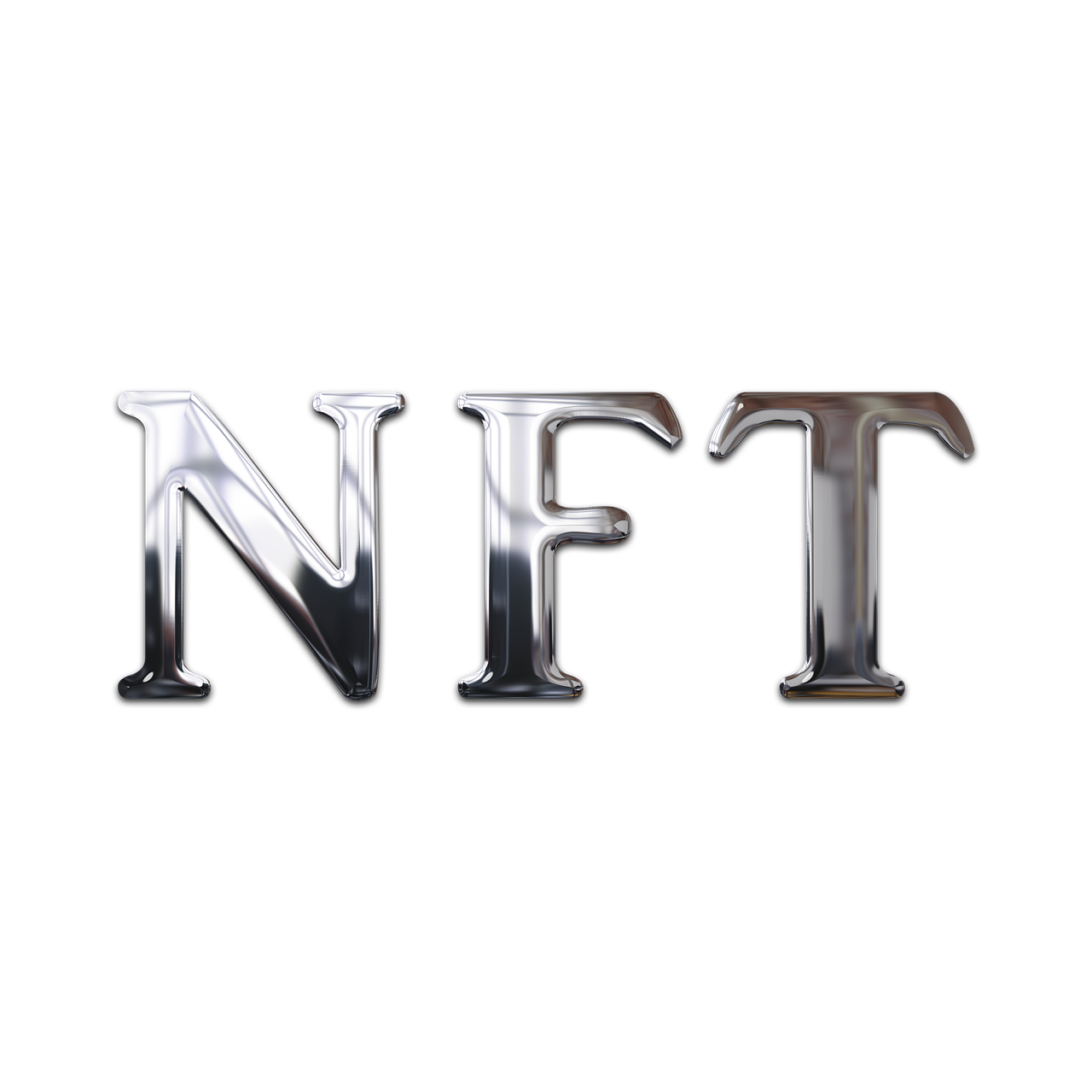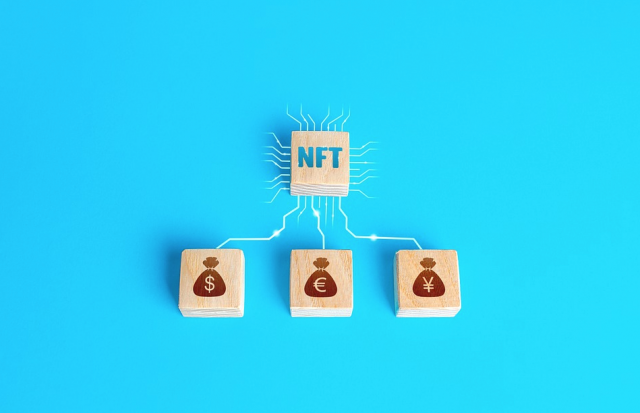Time is passing by and now no one would ask you to explain what stands behind the NFT abbreviation. Not too many are hesitant: should I buy or not. But there is still uncertainty: how and where to store your NFTs.
Initially, the Internet was a field for the scientific community, then interest groups started to use it, then hobby/subcultures found the use of it – all this pushed technology forward, toward high-speed broadband internet connection.

Seems like blockchain technology will lead to a similar fast development in technology: the community needs fast, interoperable blockchains and applications, able to process hundreds of transactions per second.
At the same time, we have an important difference: now the users want to take part in every aspect of the crypto industry – in financing, in project management etc. They don’t accept the situation when this or that application would serve the interests of a certain group of people like we have with Facebook/Meta. The example of this corporation quite explicitly demonstrates how the principles of centralized control are coming to a dead-end, distancing more and more from the interests of the users.
This is why in the blockchain/crypto industry the principles of decentralization and the power of community are the cornerstones, the religion of the community. In fact, they are considered to be the only – although hard – way towards the harmonization of the interests of all parties and the components of all projects, starting with basic blockchain technologies to all the way towards complex decentralized applications and communities, united in decentralized autonomous organizations and corporations (DAO & DAC).
In crypto industry everything has to be decentralized: development, testing, financing. Quite obviously, all basic infrastructure has to be decentralized – from simple transaction networks to decentralized applications (dApps) and data storage systems (dStorage).
Still, there is one layer of infrastructure which has to become the foundation of digital ownership – it is interaction of non-fungible tokens (NFT) which are in effect the proof of ownership, with the data outside of NFT which is the object of these rights. There is a need for the layer of tight crypto-protected connection between the right of ownership, written in NFT and the ownership itself, which has to be accessible any moment.
Why is it important?
In 2021, besides the boom of decentralized financing, and partially because of it, we saw a rapid growth of NFT platforms. People want to be confident that they really own what they paid for. They want to store their digital assets securely, even want to pass those to their heirs. What kind of assets are we talking about?
Just any. By the end of 2021 NFTs are strong in the following niches: digital art objects, gaming attributes, avatars, digital clothing, collectables of any kind, fan merchandising, self-generated
NFT. More and more projects are being built around NFTs attracting more and more users. This looks like a technological magnet. It all looks great until the users face the issue of storing their NFT-related content. How safe is the storage? How fast do you get access to your assets? How independent and censorship-proof are these services? In other words, is NFT storage decentralized now?
Not everyone is looking at this – just because new, hype-driven services, such as wallets, marketplaces, game accounts are offering their own storage. Now we have a question – where are they storing our information? Do their storages meet basic requirements of built-for-NFT storage?
As for now, many services offer storing users keys – this is a really lousy practice, fraught with losses. For example, recently hackers have got access to 96 closed accounts which led to the theft of $140M. And these were wallet keys. Another example of bad practice is the use of centralized storages such as AWS or Google Cloud. In this case you are just a nominal content owner, your rights to your assets are stated in NFTs, but your digital asset is stored in the closet of a stranger, sometimes it is just accessible by everyone!
Obviously, there is a need for a new type of storage system that would belong to its owner. Here are main requirements it has to meet:
● It has to be decentralized (no one would have an ability to destroy the network or control the data there).
● Security (data has to be safe to be used in a decentralized environment).
● Accessibility (always, even after years and across the borders).
● Speed of access and management of NFT tokens. This is especially important for the gaming industry.
● Cost of the storage. NFT storage would always have individual features due to the nature and value of the asset. In reality, paintings, diamonds, old manuscripts and film would always have to be stored in different conditions and thus the price tag will differ.
Why existing storage options are far from ideal?
Low speed
Free storage platforms are often used in a decentralized economy. This may turn into a lousy economy: in some decentralized systems speed of data access will go down. This can be explained by a low number of switched-in nodes. As we all know, the network works better when it is big and when nodes are willing to do the job, and this desire rarely happens when nodes are not rewarded.
It may come across as not a fundamental problem, services of this kind do exist and they work properly, but always with a very long downloading process, excluding manageability and security of the access.
Conclusion: It will be impossible to guarantee high speed in any free decentralized storage system.
The risk of irreversible data loss
Accessibility in a decentralized network is possible, as we said, when we have plenty of nodes in the network. In the other case, we can lose all data when just even one node is off.
Most questions and doubts are up here when you pay just once and store forever (as some say). Who can guarantee that your data will still be there, safe and accessible after five years? Some nodes will store it for free? Oh come on, this doesn’t work even with pirate treasure dug deep on an inhabited island: sooner or later the treasure is discovered! Or there is a hope that the node will work eternally for the fee paid once? How much do you have to pay then?
Users have to be sure that in 10, 20 or even 50 years from now their NFTs would be accessible and not lost. They might want to pass it to their heirs!
As per services like OpenSea and Rarible they store NFTs on centralized services, which is not only against the current, so to say, but also against the very concept of tokens, including NFT tokens. In addition to it, on a regular basis we are witnessing how the largest centralized services announce theft, leaks and losses of data. Just look at Facebook for that matter.
Conclusion: Even decentralized storage cannot guarantee you long-term accessibility of your data unless you have a transparent relationship between the storage and final owner of the non-fungible tokens (NFT). Needless to say, that when you store your assets on centralized storage all the risks are even higher.
Manageability and specifics of NFT
At the moment one of the most important questions is how to manage your NFT. How to make sure that it is not used without your control and not for its intended purpose? How to create private and public galleries, how to pass tokens for the review and use in a game?
NFT exists in many variations. There are NFTs with just a picture, a piece of music, text etc. There are so-called self-generated NFTs – you come across them more frequently in the game industry. They require storing not just data, but the algorithm to display the NFT. For example, CrypoKitties, besides the picture, has qualities that you need to be displayed in the game, and nowhere else.
Each NFT storing project does it differently. Some are not compatible with all existing NFTs even taking into account all the standards.
Conclusion: when looking at the storage options, take into consideration specifics of desirable NFTs and the needs of the owners.
What is needed to meet all the requirements?
Reliable decentralized storage for NFT is created to secure inseparability of the non-fungible token itself from its digital characteristics. This is achieved with the help of decentralized storage technology, where the proof of ownership is tightly connected with the content and its qualities, even if they are in different networks.
We are entering the era of interconnection of blockchain networks, as well as blockchains with data storage networks. This is why the only proper solution for NFT storage now is decentralized blockchain network and decentralized high speed data storage network linked.
Rafik Singatulin
Co-founder & CEO, DeNet denet.pro












